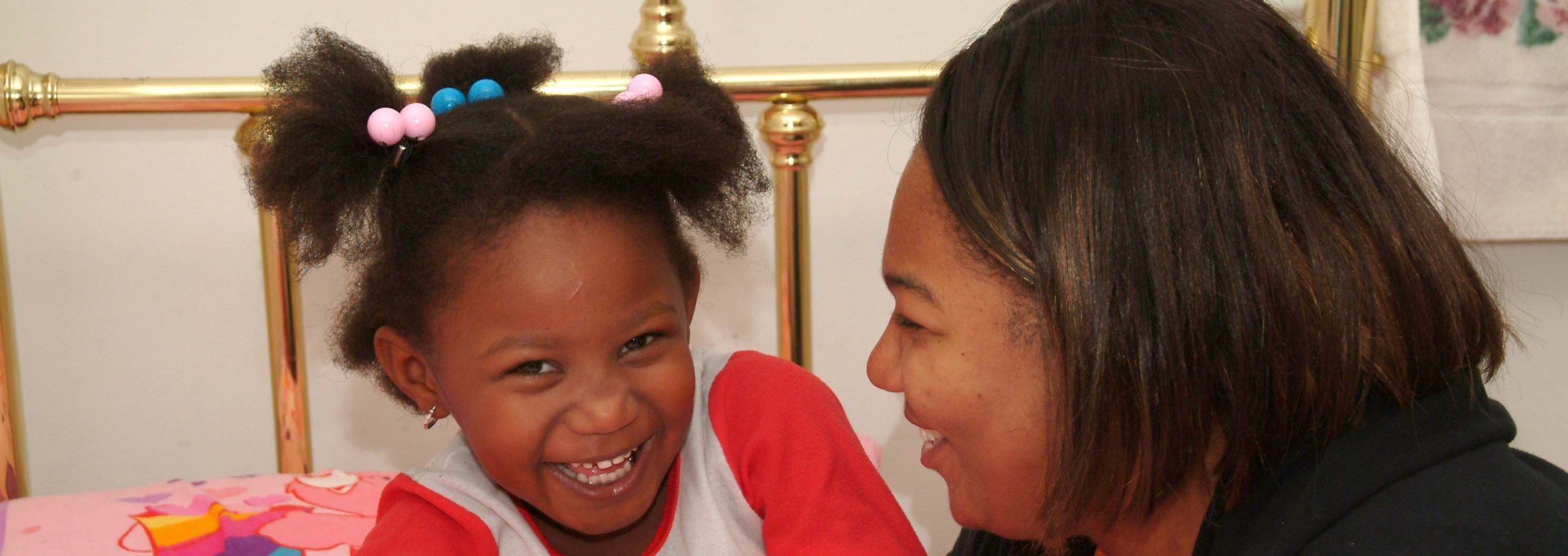In October of 1986 a group of families and volunteers shared dinner and spent the night in a church in Summit, NJ. None of them k new it at the time, but they were pioneers.
new it at the time, but they were pioneers.
Thirty years later, that same congregation, Christ Church, still hosts families. Volunteers still provide food, fellowship and hope. They are among the 180,000 people giving their time and that church is among 6,000 congregations of all faiths, along with other organizations, that provide a temporary home for families in need. From those first guests who stayed at Christ Church in 1986 to those who spent a week there this month, more than 700,000 people have been helped by Family Promise Affiliates.
Chief among those pioneers, back in 1986, was Karen Olson, our founder. When she retired this past January, we could look at an incredible list of accomplishments, from expanding Family Promise into 42 states to gaining presidential recognition to creating an organization that has a collective budget, among Affiliates and in-kind donations, of about $100,000,000. But the most tangible accomplishment is the lives that have been changed. In the words of one former guest:
“I went from having nothing and walked into a brand new life. I found there are people out there who really care and are willing to help. I know now that I can do almost anything I put my mind to.”
The good news is that all of these congregations, volunteers and families are united in a national cause. The bad news is that after 30 years, families still face homelessness and have to make difficult choices to try to ensure their children’s futures. That a national movement is still necessary.
2016 was a pivotal year for Family Promise, for our mission. We remain pioneers, crossing frontiers into new territory for the empowerment of families. And we remain firmly staked to the belief that we can end family homelessness.
This year, Family Promise took several steps to deepen the services we provide. The focus is on building skills and securing assets; with these, families can truly gain sustainable independence. We have pursued the creation of initiatives in housing, healthcare, enterprise, and workforce development, developing national templates that we plan to launch in the coming year.
We also greatly expanded our partnerships. We have had added engagement with American Airlines and Pull-A-Part, continued our work with Woodforest National Bank by expanding beyond financial literacy, and will be restructuring with PetSmart Charities so that more Affiliates can directly participate in the Pets with a Promise program.
This year we added a significant number of nonprofit partnerships: National Association for the Education of Homeless Children and Youth, National Center for Missing and Exploited Children, HomeAid (which resulted, within a week, in an Affiliate acquiring a home to use for its transitional housing program) and Interfaith Youth Corps. We created operational relationships with Habitat for Humanity (partnering on Neighborhood Revitalization), Corporation for Enterprise Development, Enterprise Community Partners, and the National Law Center on Homelessness and Poverty.
Very importantly, this past year we completed our team of Regional Directors. This quartet– Jeanna Beck, Angelica Johnson, Stacy Pollard and Teressa Ramsey–have provided direct support and guidance while serving as the conduit to disseminate best practices effectively throughout the organization.
Those best practices were further promoted at our national conference in April and at our many regional meetings across the country. Our webinar series provided another channel for learning and sharing. Of critical importance was the launching of the Guest Advisory Council which has provided insight on virtually every major initiative we produced this year.
In 2016, we welcomed eight new Affiliates: Shenandoah County (VA) , Grant County (WI), Butler County (OH), Lower Bucks (PA), Larimer County (CO), Bryan County (GA), Forsyth County (GA), and Wichita (KS).
Earlier this year, we delineated four priorities for Family Promise as an organization. One was to identify ways to serve more people by lowering the bar for entry into the program while maintaining the core principles and securing all constituents. Across the country, we have seen Affiliates effectively engage on issues like generational poverty and incorporate those concepts into service provision.
A second was broadening our volunteer base. Affiliates have devised ways to increase participation of non-congregational groups (and our work with corporations and nonprofits has been key to facilitating success) and also brought in an increase of skills-based volunteers from the private sector. This means more people helping, more community partners addressing family homelessness, and more pathways to solutions.
Technology was the third element. Long-term, as people’s lives are more deeply entwined with electronic devices, so must the answer to poverty and homelessness come with a microchip. We continue our work to make technology a tool to empowerment and look forward to advancing that process in the upcoming year.
The final priority was the expansion of programming. Our core work of interceding between family homelessness and hopelessness, by mobilizing a community of volunteers, will always be paramount. But leveraging that community to provide more: housing, transportation, employment, mentoring, wellness, etc., is always our most important opportunity. We can end family homelessness by building skills and assets; both are readily available in our communities if we can align members to act.
What will the terrain of the next few years be for our cause? We cannot say. Without doubt we will encounter the unexpected, the challenging, but also the rewarding. We cannot make this journey, however, without partnership, diligence, faith, and hope. Fortunately, no group of people exemplifies these qualities more than the staff, volunteers, and, most of all, guests of Family Promise. To paraphrase the earlier quote: We can do almost anything we put our minds to.
Claas Ehlers
President

